hotline:020-29026320 |13903018415
-
-
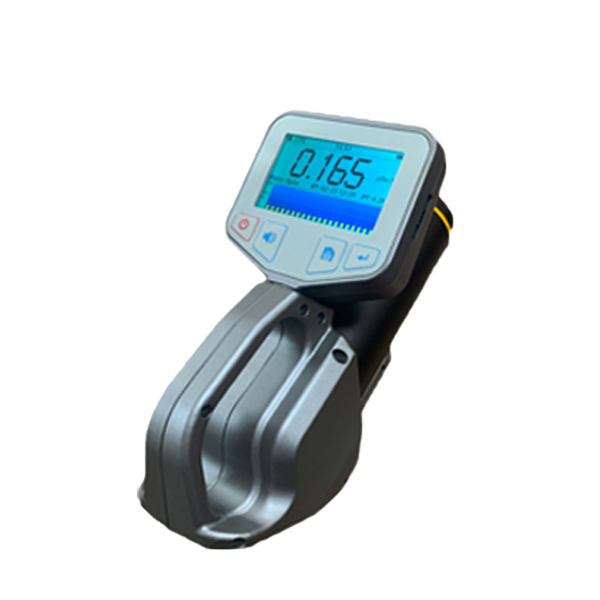
Radiation detection instrumentation
-
HYGP-2223 exposure type X, γ radiation measuring instrument
-
HYGP-2223BX, gamma dose rate meter (with tripod)
-
FI-329M intelligent household nuclear radiation detector
-
HY-2000M digital multi-channel gamma spectrometer
显示更多 -
-
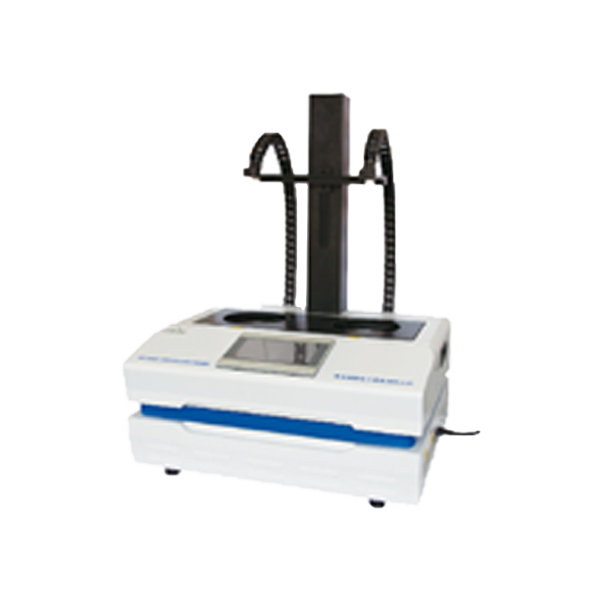
Laboratory Equipment
-
Radioactive distillation apparatus in water
-
2200Q portable turbidity meter
-
SPE Solid Phase Extraction Device
-
Portable spectrophotometer
显示更多 -
-
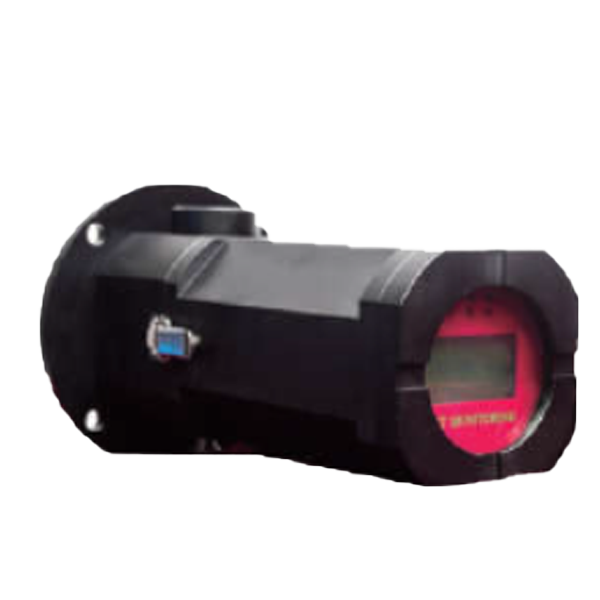
Portable environmental monitoring equipment
-
VOCs gas analyzer
-
Portable handheld VOC detector
-
Portable all-in-one multi-parameter analyzer
-
Dust detector
显示更多 -
-
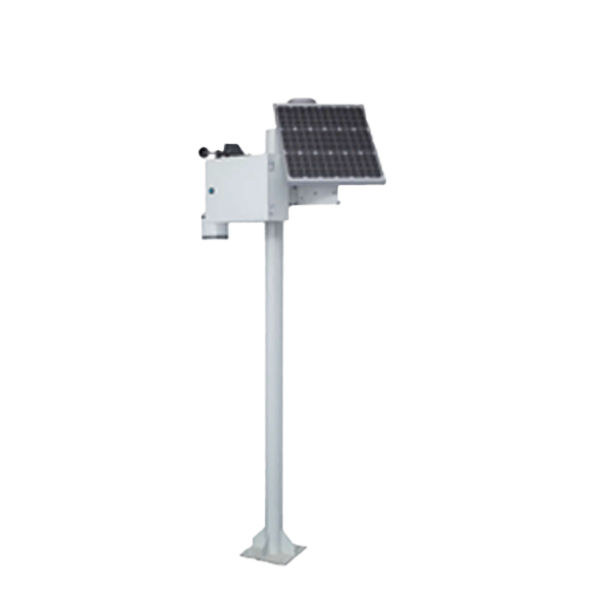
Environmental online monitoring system
-
CM-WG8200 grid air quality detection system
-
On-line monitoring system for CM-VOCs-5000 volatile organic compounds
显示更多 -
-
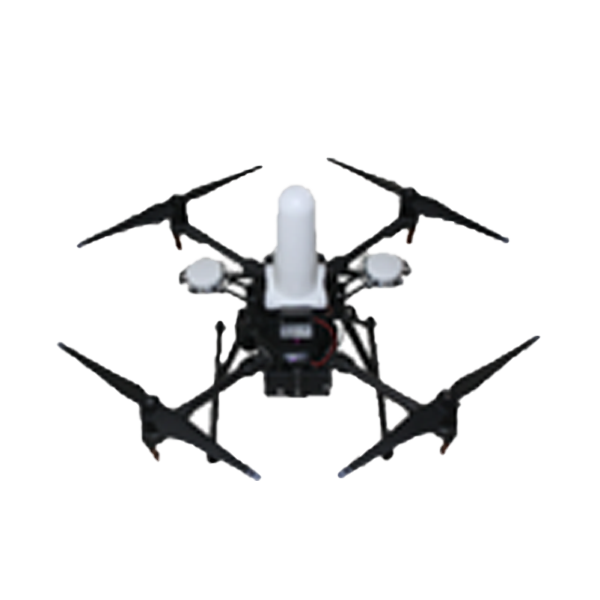
UAV Online Environmental Monitoring
-
OS-2 UAV Electromagnetic Environment Monitoring System
-
Nuclear emergency radioactive source search UAV
-
UAV Monitoring System
显示更多 -
-
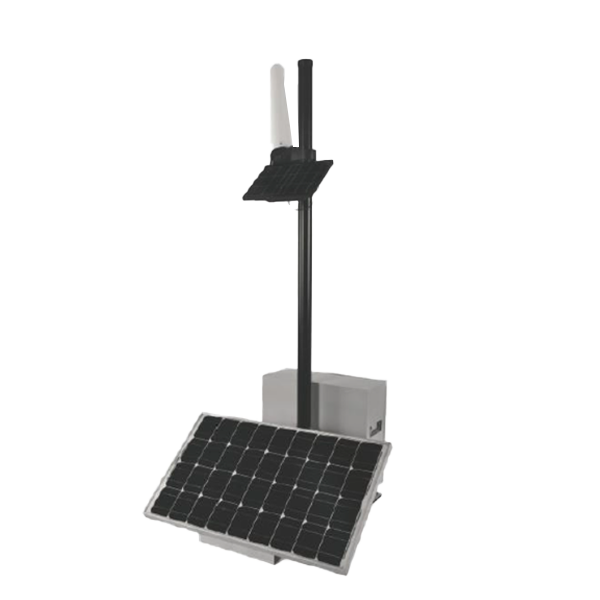
On-line Monitoring System of Electromagnetic Radiation
-
On-line Monitoring System of Electromagnetic Radiation
-
Automatic Monitoring System of HYEH460 Electromagnetic Radiation
-
HY-900A launch type radiation environment automatic monitoring station
-
OS-8 S Frequency Selective Electromagnetic Environment Online Monitoring System
显示更多 -
-
The Importance of Radiation Protective Clothing
2024-11-20

The Importance of Radiation Protective Clothing
In modern society, with the rapid development of technology, people are increasingly exposed to various forms of radiation, whether from medical devices like X-rays and CT scans, or from everyday electronic devices, communication base stations, and even cosmic rays and terrestrial radiation present in the natural environment. Although most of this radiation is at safe levels, excessive or prolonged exposure under specific conditions can seriously impact human health, including but not limited to skin damage, decreased immune system function, reproductive system diseases, and even cancer. Therefore, radiation protective clothing, as an effective means to reduce radiation hazards, is becoming increasingly important.
I. Basic Concepts and Classification of Radiation Protective Clothing
Radiation protective clothing, as the name suggests, is designed to reduce or block radiation harm to the human body. Depending on the type of radiation being protected against, radiation protective clothing is mainly divided into two categories: ionizing radiation protective clothing and non-ionizing radiation protective clothing. Ionizing radiation protective clothing primarily targets high-energy radiation such as X-rays and gamma rays, commonly found in the medical and nuclear industries; non-ionizing radiation protective clothing mainly addresses electromagnetic wave radiation, such as that produced by microwaves, computers, and mobile phones. Although this type of radiation has relatively minor effects on the human body, long-term exposure still requires caution.
II. Applications of Ionizing Radiation Protective Clothing in the Medical Field
In the medical field, ionizing radiation protective clothing is an indispensable protective gear for healthcare workers. Doctors, nurses, and radiology technicians face higher radiation risks when performing X-ray examinations, CT scans, and radiation therapy. Wearing specialized ionizing radiation protective clothing, such as lead or lead-rubber protective garments, aprons, and gloves, can effectively reduce radiation doses and protect the health of healthcare workers. Additionally, with the development of interventional radiology, healthcare workers need to perform surgical operations under X-ray guidance, making lighter and more flexible protective equipment particularly important to ensure the smooth conduct of surgeries while minimizing radiation exposure.
III. The Role of Non-Ionizing Radiation Protective Clothing in Daily Life
Although the direct impact of non-ionizing radiation on human health is relatively small, long-term and close-range exposure still requires caution. Especially for sensitive groups such as pregnant women and children, attention should be paid to the potential risks of electromagnetic radiation. Non-ionizing radiation protective clothing is typically made from conductive fibers or silver fiber materials, which can absorb or reflect electromagnetic waves, reducing their penetration depth and thereby lowering their impact on the human body to some extent. For example, maternity radiation protective clothing is specifically designed to protect the fetus from electromagnetic radiation interference and has gained widespread popularity in the market, reflecting the public's increased awareness of radiation protection.
IV. Considerations for Choosing and Using Radiation Protective Clothing
Choosing the appropriate radiation protective clothing is crucial. First, the required level and type of protection should be determined based on the work environment or activity needs. Second, attention should be paid to factors such as the material, weight, and breathability of the protective clothing to ensure comfort and not hinder work efficiency. Additionally, regular checks on the integrity of the protective clothing should be conducted to avoid reduced protective effectiveness due to damage. After use, it should be cleaned and maintained according to the instructions to extend its lifespan.
V. Future Outlook: Technological Innovation and Radiation Protection
With advancements in materials science, future radiation protective clothing will be lighter, more efficient, and smarter. For example, the application of new materials such as nanomaterials and carbon fibers will significantly enhance protective performance while reducing weight; the integration of smart sensors and monitoring systems will help wearers understand their radiation exposure in real-time and adjust protective strategies accordingly. Furthermore, personalized customization services will also become a trend, catering to the individualized needs of different groups for radiation protection.
In summary, radiation protective clothing serves as a bridge between modern technology and human health, and its importance cannot be overlooked. By using radiation protective clothing scientifically and rationally, we can effectively guard against the threats posed by radiation while better protecting the health of ourselves and our families as we enjoy the conveniences brought by technological advancements.
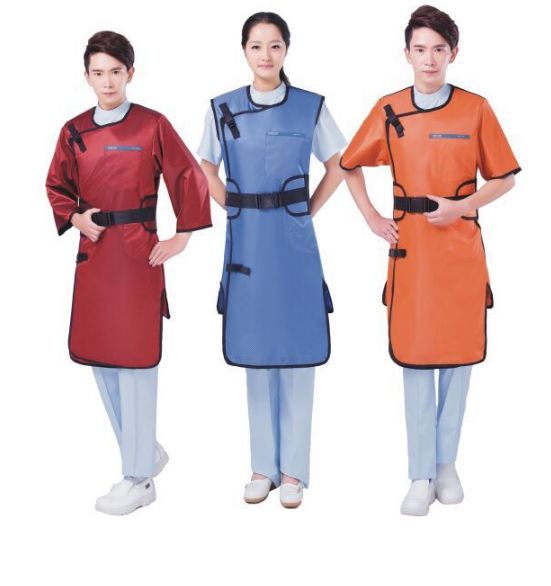
Previous Page:

COOKIES
Our website uses cookies and similar technologies to personalize the advertising shown to you and to help you get the best experience on our website. For more information, see our Privacy & Cookie Policy
COOKIES
Our website uses cookies and similar technologies to personalize the advertising shown to you and to help you get the best experience on our website. For more information, see our Privacy & Cookie Policy
These cookies are necessary for basic functions such as payment. Standard cookies cannot be turned off and do not store any of your information.
These cookies collect information, such as how many people are using our site or which pages are popular, to help us improve the customer experience. Turning these cookies off will mean we can't collect information to improve your experience.
These cookies enable the website to provide enhanced functionality and personalization. They may be set by us or by third-party providers whose services we have added to our pages. If you do not allow these cookies, some or all of these services may not function properly.
These cookies help us understand what you are interested in so that we can show you relevant advertising on other websites. Turning these cookies off will mean we are unable to show you any personalized advertising.
online message
Telephone:13903018415(Manager Wang)
Business: 020-29026320
E-mail:wangxueli@haiyoukj.com
Address: Room 703, Tian 'an Innovation Building, Panyu Energy Saving Science Park, 555 Panyu Avenue North, Donghuan Street, Panyu District, Guangzhou

Sweep code attention



